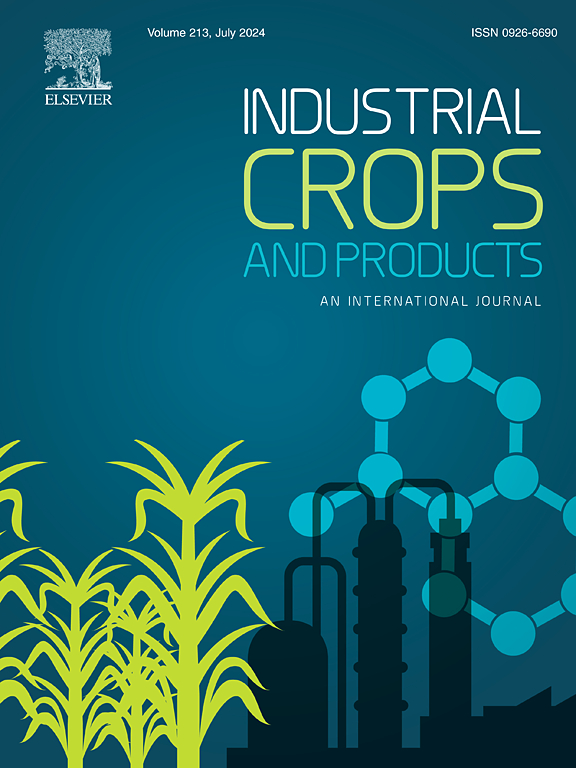Soil pH and potassium drive root rot in Torreya grandis via direct modulation and microbial taxa-mediated pathways
IF 5.6
1区 农林科学
Q1 AGRICULTURAL ENGINEERING
引用次数: 0
Abstract
Root rot, a common soil-borne disease in Torreya grandis plantations, significantly reduces yields and causes economic losses. The occurrence and severity of plant root rot are influenced by climatic conditions and soil physicochemical properties at the planting sites. However, the specific relationships between T. grandis root rot and those factors remain poorly understood, and the key environmental driving factors have yet to be elucidated. In this study, we analyzed the differences in climatic conditions and soil physicochemical properties among six T. grandis planting sites across different regions. High-throughput sequencing was employed to analyze fungal community composition and co-occurrence network characteristics in healthy and diseased soils. Results indicated that root rot incidence was not significantly correlated with temperature, precipitation, or elevation. Compared to healthy soils, diseased soils exhibited lower organic matter, total nitrogen, and total potassium contents. Fungal community analysis revealed that the diversity and stability of fungal communities were decreased in the diseased soils. No significant difference was observed in the relative abundance of Fusarium between healthy and diseased soils. In diseased soils, the abundance of Exophiala and Gibellulopsis was positively correlated with Fusarium abundance. SEM further revealed that soil pH and total potassium were directly associated with root rot incidence (p < 0.05), while Fusarium, Gibellulopsis, and Aspergillus were indirectly related to root rot incidence. To summarize, effective management, particularly maintaining optimal soil pH and total potassium levels, is expected to influence the composition of the soil microbial community and reduce the incidence of T. grandis root rot.

求助全文
约1分钟内获得全文
求助全文
来源期刊

Industrial Crops and Products
农林科学-农业工程
CiteScore
9.50
自引率
8.50%
发文量
1518
审稿时长
43 days
期刊介绍:
Industrial Crops and Products is an International Journal publishing academic and industrial research on industrial (defined as non-food/non-feed) crops and products. Papers concern both crop-oriented and bio-based materials from crops-oriented research, and should be of interest to an international audience, hypothesis driven, and where comparisons are made statistics performed.
 求助内容:
求助内容: 应助结果提醒方式:
应助结果提醒方式:


